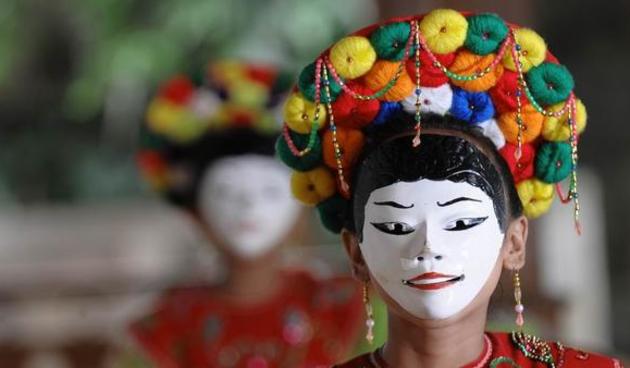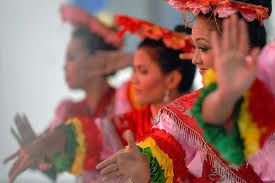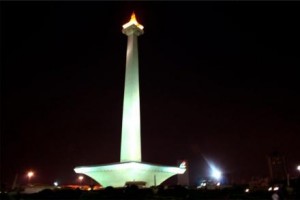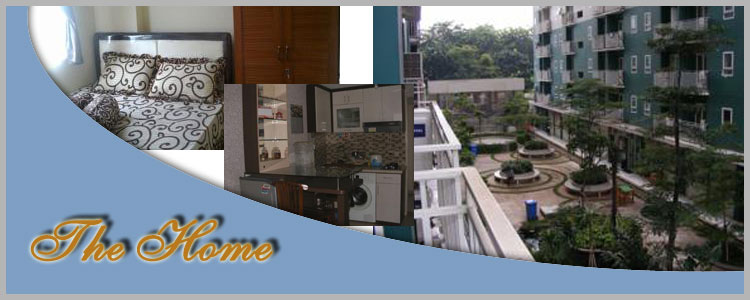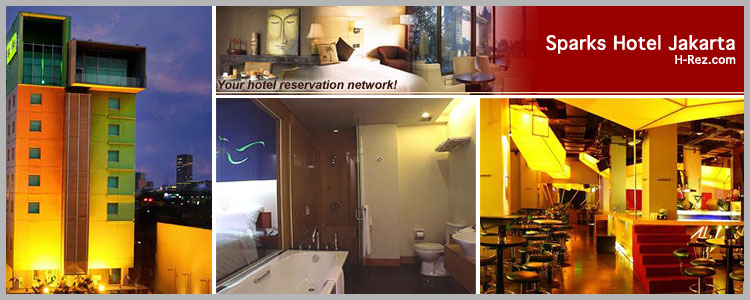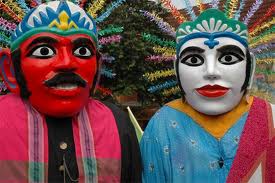
Betawi People
Betawi or Batavian is Jakarta indigenous people who are exist because of marriage from some ethnic groups in the past.
The Betawis are mostly descended from various Southeast Asian ethnic groups, Portuguese and Dutch plus Arab, Chinese and Indian brought to or attracted to Batavia to meet labour needs, including people from various parts of Indonesia.
The history remain that Betawi ethnic was being form by 1815-1893. In the Dutch colonial era, the governments always did the census, which was based on the nation or ethnic group. In census data Jakarta in 1615 and 1815, there was residents from different ethnic groups, but no record about Betawi ethnic group.
In 1930, the category of Betawi people who previously did not exist in fact emerged as a new category in the census data. The number of people as much as 778,953 lives and Batavia became the majority population of Batavia at that time.
Basically, the consciousness as the Betawi ethnic group in early formation was also not formed yet. In everyday interactions, they more often call themselves based on the locality where they live, like people Kemayoran, Senen people, or people Rawabelong.
The recognition of the existence of the Betawi people as an ethnic group and as a social and political unit within a wider scope, was newly emerged in 1923, when Husni Thamrin, who is the community leaders established Perkoempoelan Kaoem Betawi. They also finally realize that they are a faction, they are Betawi people.
After Indonesia independent day, Jakarta flooded with immigrants from all over Indonesia, so that the Betawi living as a minority ethnic group. They are increasingly pushed to the periphery, even being evicted and displaced out of Jakarta.
Mixed nature of the Betawi dialect is a reflection of Betawi culture in general, which is the marriage of various cultures, both originating from other areas in the archipelago as well as foreign cultures. Although the formal language that being used in Jakarta is Indonesian, the language of informal or daily conversation language is Indonesian Betawi dialect.
In art, Betawi is famous with their Lenong, Gambang Kromong, Rebana Tanjidor and Keroncong. Those particular art are coming from different ethnic that being formed by Betawi society.
Overall, Betawi is like a big salad bowl contain of some fresh qualified mix vegetable that pure and generous. The best of anything are inside the bowl.

